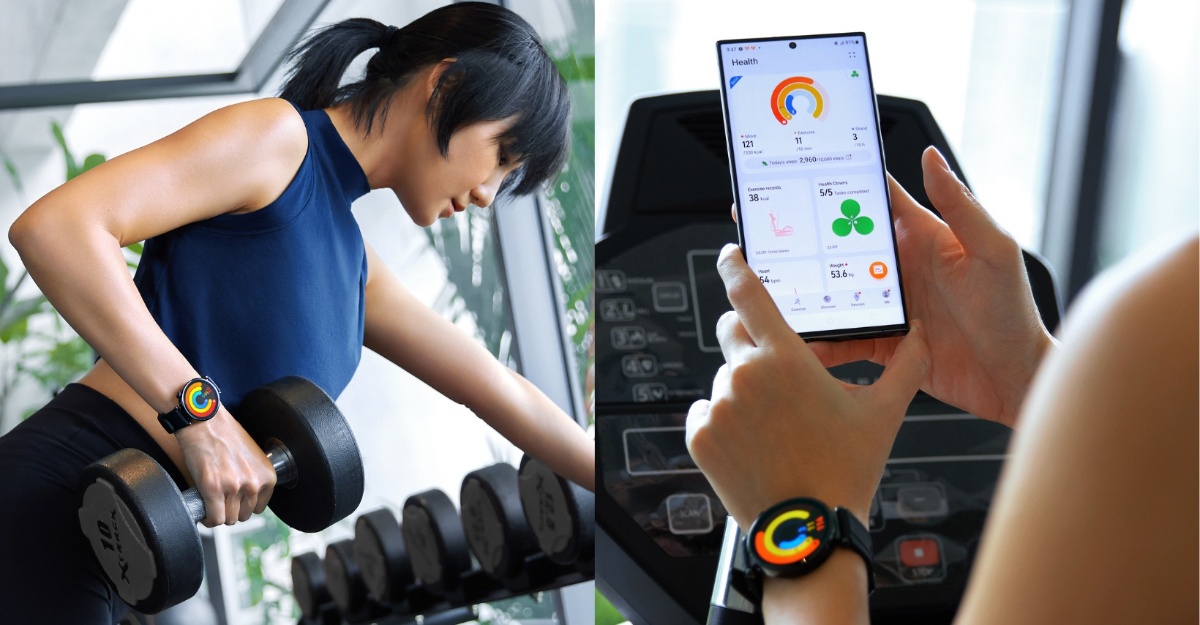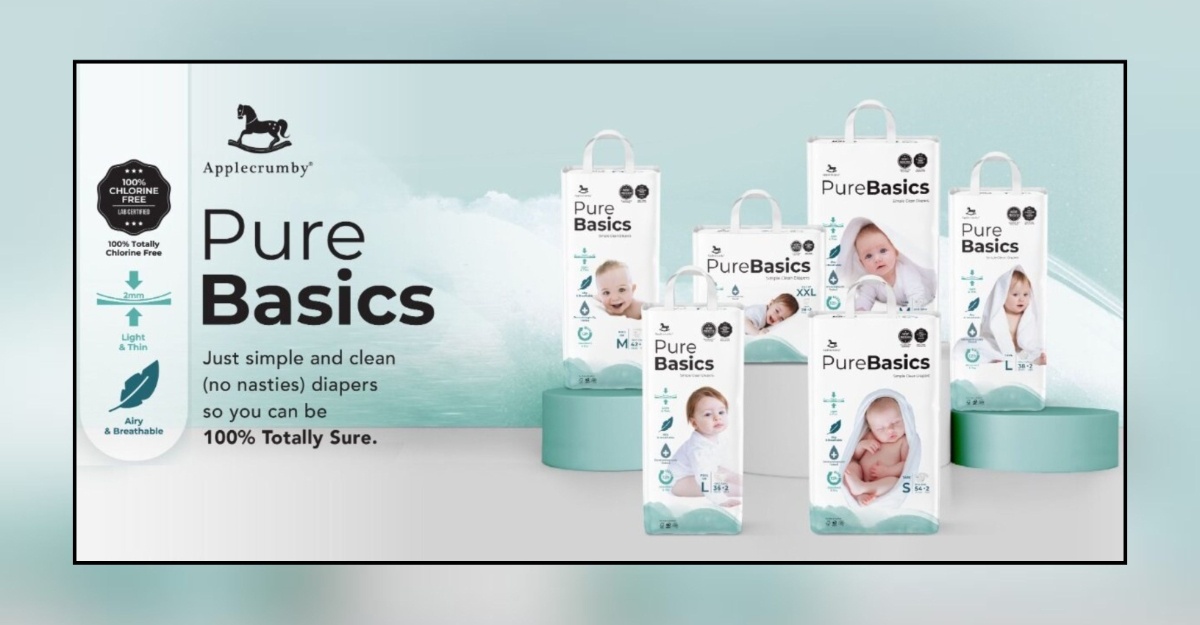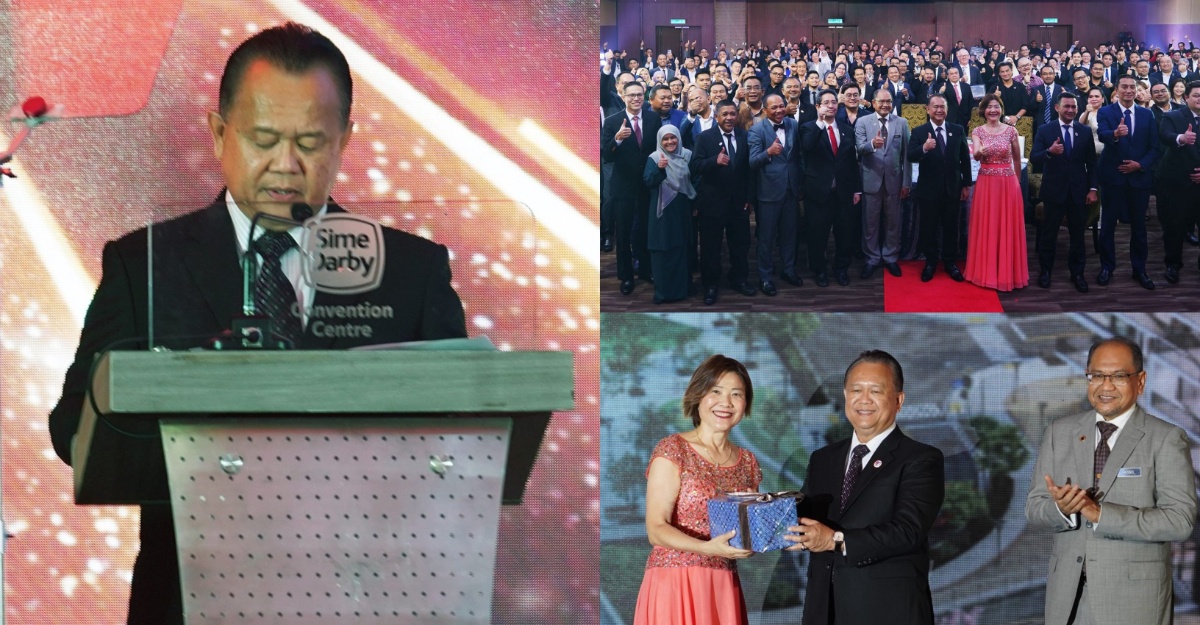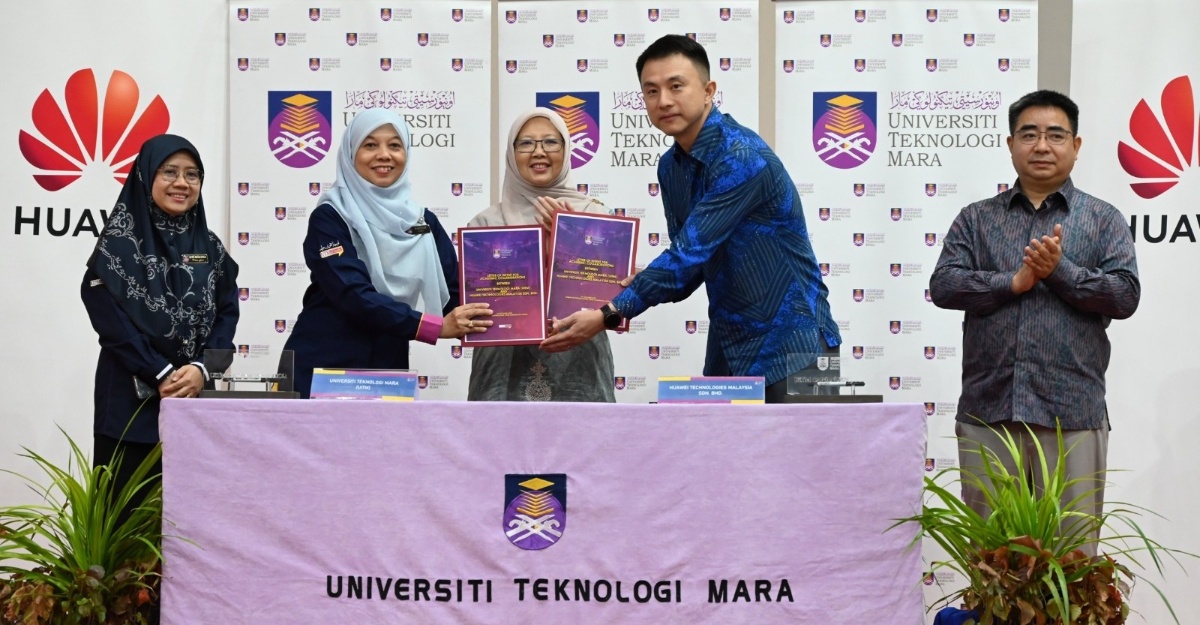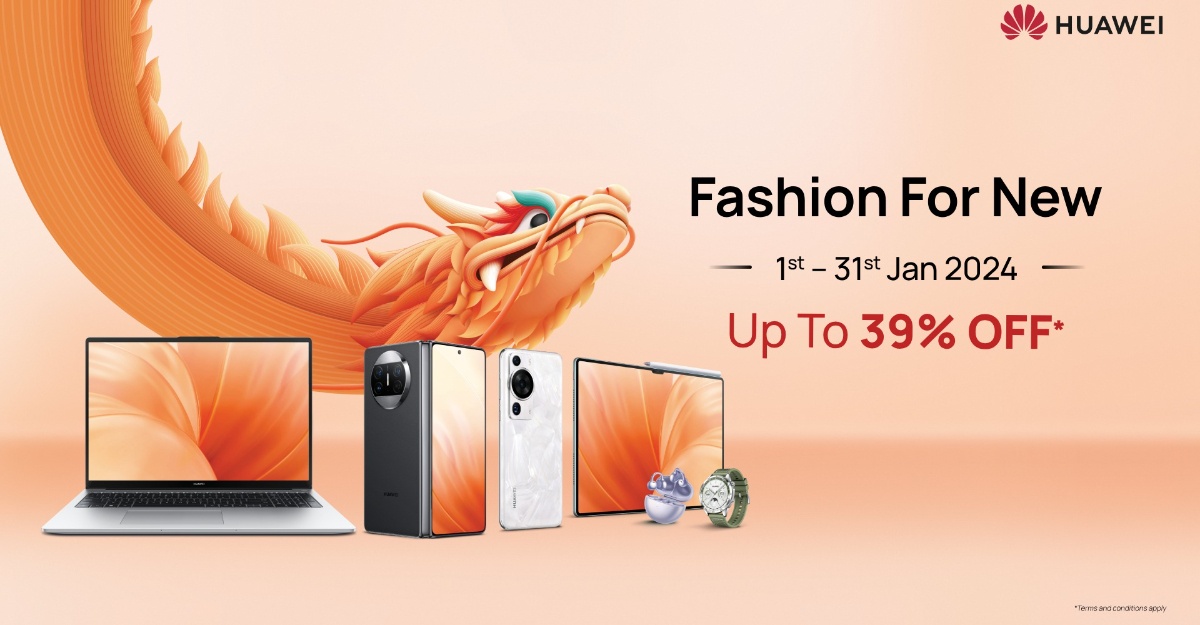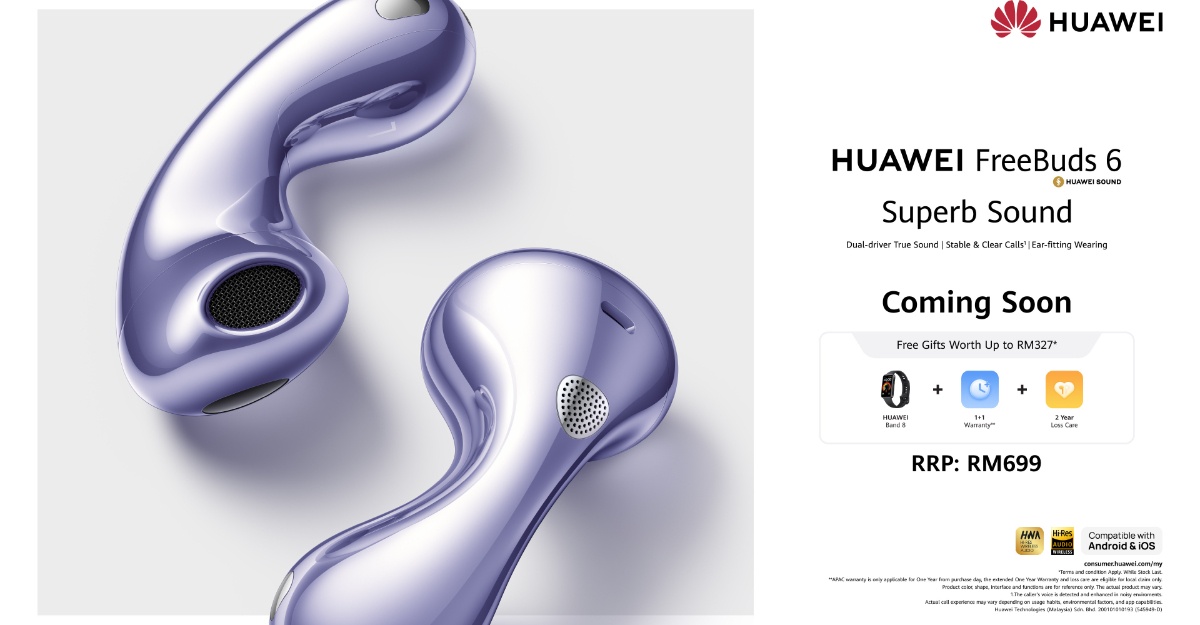In the whirlwind of our contemporary, fast-paced lives, the negligence of our most valuable asset, our health, has reached alarming proportions. Fatigue, a pervasive condition, is often overlooked amidst the constant hustle and bustle, yet its implications can be dire. For today’s working adults, life often unfolds like a never-ending treadmill. The relentless demands of our careers, coupled with the pressures of family, social commitments and the ubiquitous digital era, conspire to create a lifestyle that leaves little room for self-care. This leads to an insidious and widespread sense of fatigue that permeates our daily existence, often without us even realising it.
The National Safety Council (NSC) has pointed out that experiencing fatigue, which manifests as sensations of weariness, diminished energy, and heightened effort required for tasks, can impair clear thinking and swift reactions. This condition is known to undermine productivity and heighten the chances of workplace accidents. Even if the signs of fatigue are not overt, it poses a significant safety concern within workplaces. The NSC report reveals that a staggering 97% of workers exhibit at least one factor that contributes to workplace fatigue, with over 80% dealing with two or more such factors. When multiple risk factors coexist, the potential for on-the-job injuries significantly rises. Fatigue can profoundly affect an individual’s well-being and safety, both during and outside working hours.
Fatigue is no longer an occasional visitor; it’s a near-constant companion for many. This persistent state of exhaustion can manifest in various forms, from mental weariness and physical lethargy to emotional exhaustion. What’s concerning is that we’ve become so accustomed to these feelings that they often go unnoticed, further exacerbating the issue. The repercussions of constant fatigue can be profound and far-reaching. The mental toll includes reduced productivity, increased stress, and decreased cognitive abilities. Physically, it can result in weakened immunity, higher susceptibility to illness, and even chronic health conditions. Emotionally, fatigue can contribute to anxiety, depression, and an overall decline in one’s quality of life.
In a 2016 global study by WHO and ILO, it was found that long working hours had significant health consequences. Approximately 398,000 people died from stroke, and 347,000 from heart disease due to working at least 55 hours a week. Between 2000 and 2016, deaths from heart disease related to long hours increased by 42%, and stroke by 19%. This health burden predominantly affected men (72% of the deaths), people in the Western Pacific and South-East Asia regions, and older workers who had worked 55 hours or more per week between the ages of 45 and 74. Working long hours is now recognized as the leading occupational risk factor for health, responsible for about one-third of work-related health problems.
In the midst of our busy lives, it’s vital to remember that our health should always be a top priority, even amid daily responsibilities. Regular health check-ins, especially monitoring things like blood pressure, are acts of self-preservation and self-care. Prioritising health doesn’t always require a structured exercise routine; simple changes like walking more, standing at work, and making mindful dietary choices can collectively have a significant impact on well-being, ensuring that we don’t neglect our health in the pursuit of our professional duties.
Structured exercise is indeed the optimal approach to maintaining good health. A simple yet effective strategy could involve dedicating just 15 to 30 minutes for light exercise after work, with the added option of incorporating morning or evening jogs into one’s routine based on individual preferences and daily schedules. This balanced approach ensures an investment in well-being without compromising busy lives, promoting a healthier lifestyle and a happier, more energetic you.
Monitoring health offers multiple avenues, including smartwatches and fitness watches, with Huawei’s smart wearables being a noteworthy option. In fact, Huawei has introduced an exciting challenge, the ‘Light Up Your Rings Challenge,’ where you can set goals for standing, moving, and exercising, all achievable anytime, anywhere. It’s a straightforward method to track health progress and maintain motivation for self-improvement. The challenge commences now until 5 November 2023. To participate and earn your e-medal, you can acquire the latest HUAWEI WATCH GT 4 at HUAWEI Official Website. Don’t miss this opportunity to track your health and achieve your goals!
What elevates the HUAWEI WATCH GT 4 to even greater appeal is its impeccable and fashionable design. Offering multiple strap options, it allows effortless mixing and matching, creating a stylish accessory suitable for various events and occasions. This versatility transforms it into more than just a health monitor, evolving it into a fashionable statement that seamlessly complements your personal style and enhances your overall look.

